Welcome back to Part 2 of our design deep dive.
Last time, we explored the stylistic foundations… minimalism, maximalism, Mid-Century Modern, and Scandinavian design. This week, we’re venturing further into the in-between spaces: styles that blend influences, celebrate imperfection, and reconnect us with texture, time, and place.
We’ll unpack the eclectic approach, get gritty with industrial design, find balance in Japandi, and ground ourselves in the soulful materials of rustic spaces.
Let’s dive back in.
Eclectic
If Scandinavian design is all about restraint, Eclectic is where boundaries blur.
Eclectic design thrives on contrast. It’s about combining global references and historical styles to create something entirely new. Rooted in 19th-century revivalism, it’s only gained more momentum with globalization and digital curation. Eclecticism is a celebration of individuality! no two rooms are alike, and that’s the beauty of it.
The key to making eclectic design work is balance. It’s about finding harmony between seemingly disparate elements, whether through a cohesive color palette, scale, or thematic threads that tie it all together. Expect to see diverse textiles, mixed-era furnishings, and global artifacts thoughtfully curated.
For instance, the Garner Residence in Austin features an incredible blend of Memphis-style murals, mid-century seating, and global artifacts. Color-blocked walls define different zones, while modular shelving allows the owners to rotate collections.




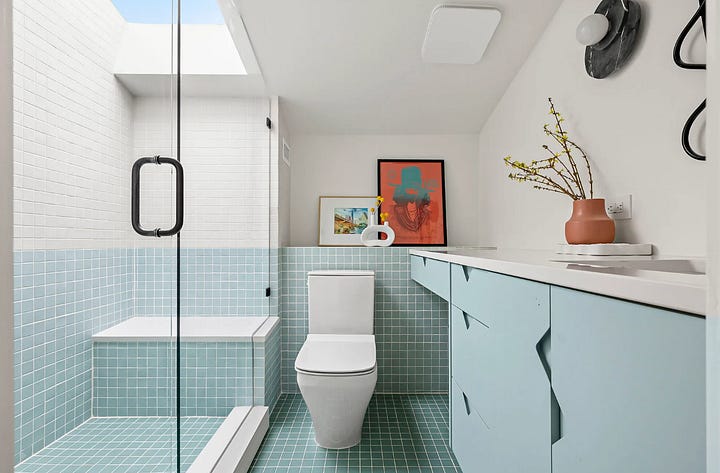
Similarly, Yunka Restaurant-Club in Bangalore merges jewel-toned velvet, hand-printed screens, and Italian terrazzo flooring to create intimate dining alcoves, unified by a shared design language.
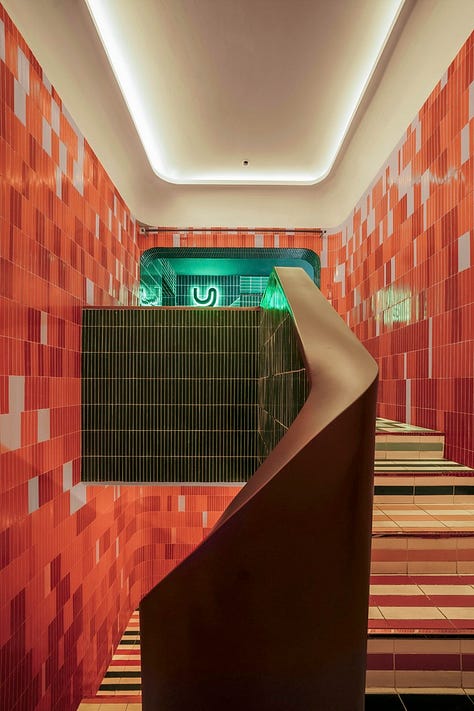
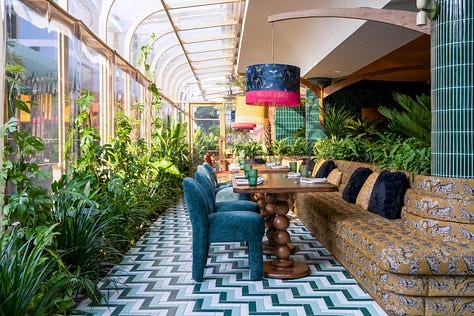
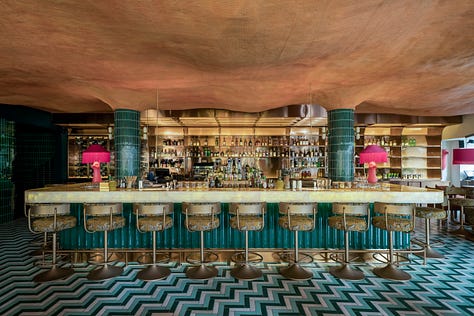


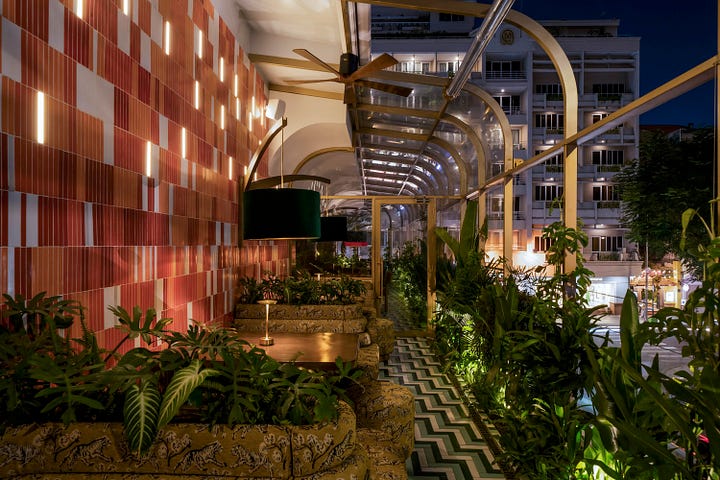
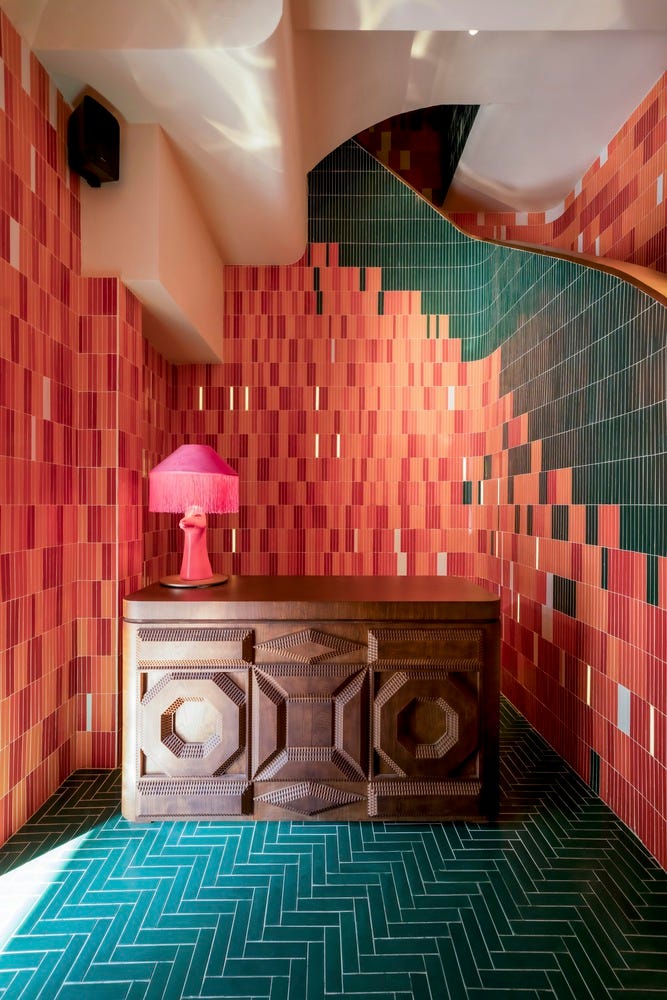
Industrial
Industrial design stems from 19th- and 20th-century factory conversions, where exposed infrastructure became a point of pride. It’s all about authenticity and raw functionality, with a focus on unfinished materials and systems that are put on display as aesthetic choices.
Key features of industrial design include exposed brick and concrete, steel beams and iron ducts, and reclaimed wood. The open plans typical of industrial spaces make them feel expansive, with few partitions to break up the flow.
A standout example is the Inner City Warehouse in Sydney, where a former furniture factory has been transformed into a dramatic home. Suspended bedroom pods and preserved structural shells enhance the building’s industrial story.
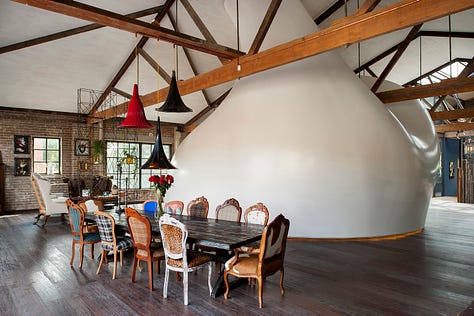
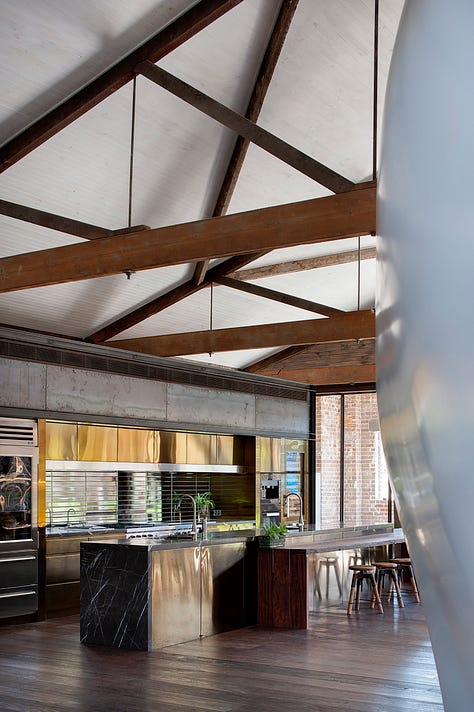
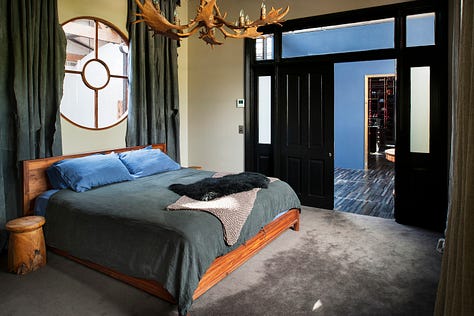

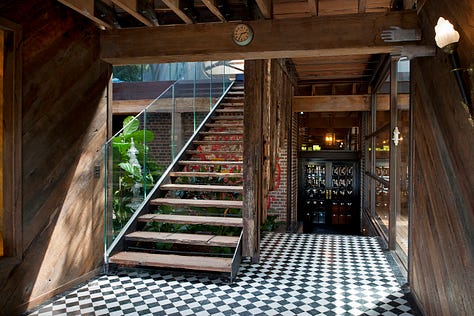
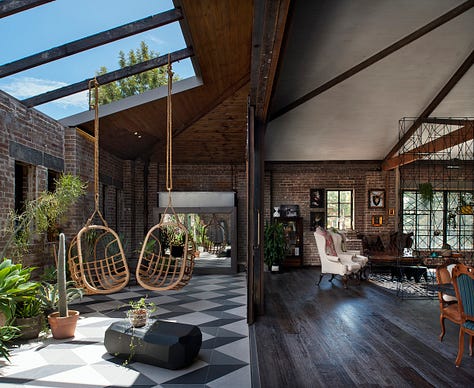
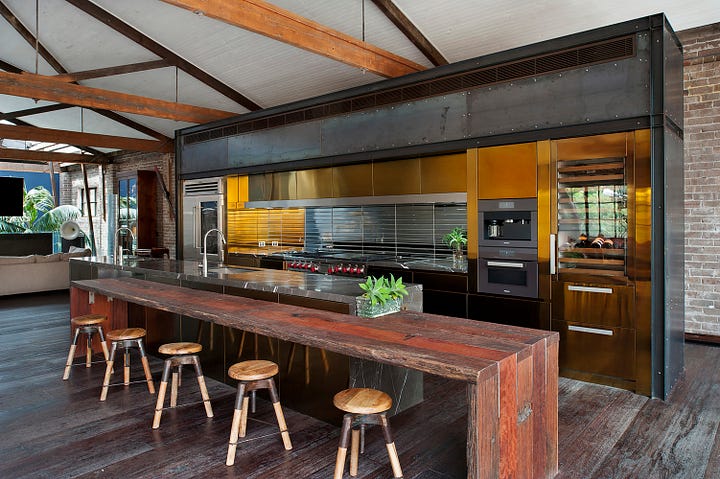
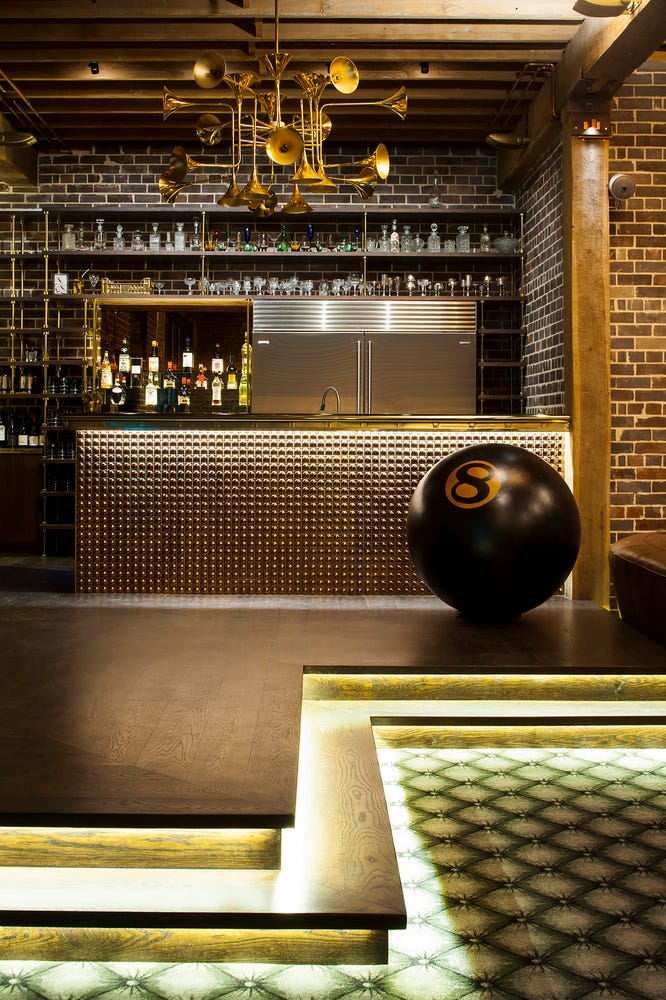
At The Deli Counter Café in Melbourne, corrugated metal cladding and exposed piping mix with reclaimed timber and pendant lighting to create a gritty yet inviting atmosphere.
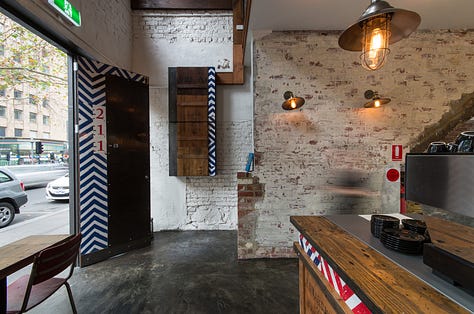
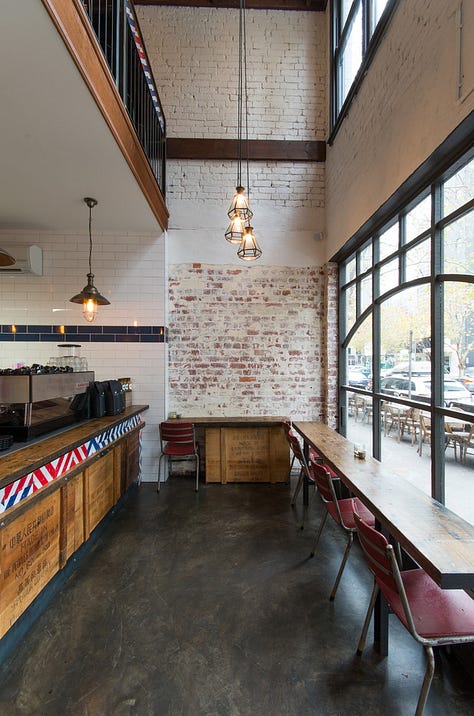

Japandi
A design hybrid that gained traction in the mid-2010s, Japandi merges Japanese wabi-sabi with Scandinavian hygge and minimalism. It reflects a growing desire for serene, tactile, mindful interiors.
Japandi emphasizes imperfection and transience, blended with Nordic warmth and utility.
Core traits include a Soft Neutral Palettes with Off-whites, beiges, muted greys with greens. As well as Natural Materials, Oak, bamboo, hemp, handmade ceramics. Low-Profile Furniture think. Platform beds, floor cushions, minimalist cabinetry and finally Textural Balance, Smooth plaster walls offset by woven textiles and raw clay.
Ori Refuge (Traama Arquitetura, 2021) in São Paulo transforms a 65 m² space into a tranquil retreat. Floating oak cabinetry, sliding shoji screens, and a single tatami rug delineate zones with ease and flow.

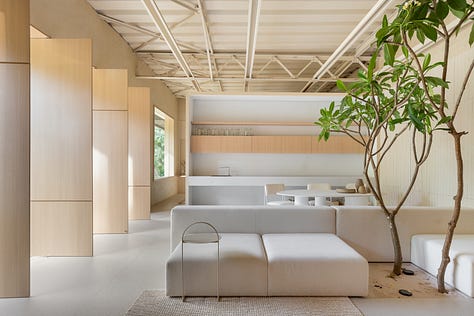
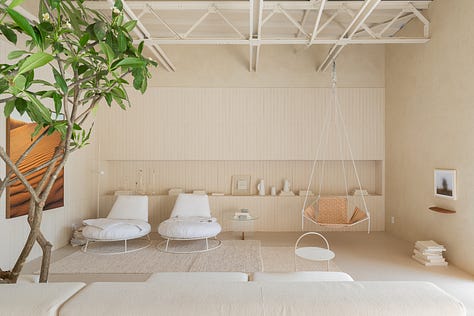
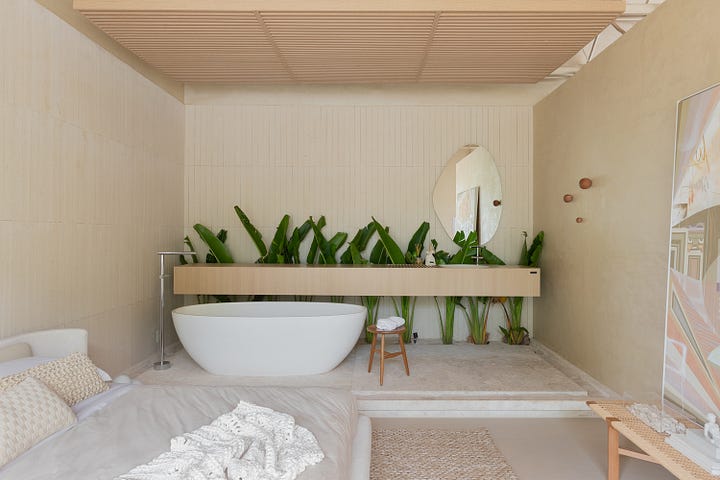
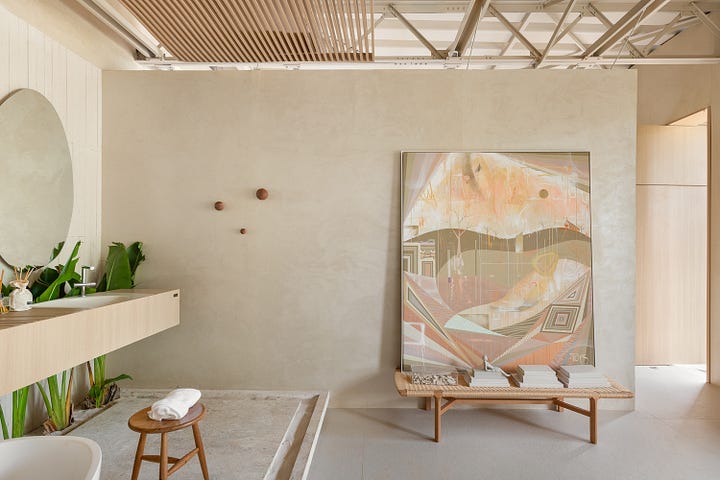
Rustic
Finally, we have Rustic design, which is all about embracing the natural world and honoring craftsmanship. Inspired by 19th-century rural traditions, rustic interiors focus on locally sourced materials and a deep respect for the imperfections that come with them.
Inspired by Semper’s material theory, Rustic design values place-based materials and imperfection aligned with today’s eco-conscious sensibilities.
Reclaimed timber, fieldstone, wrought iron, and leather are signature elements of rustic design. You’ll also see earthy finishes like earthen plaster and clay, with handcrafted details that showcase the beauty of artisanal work.
One remarkable example is the Rustic Grade House in Canada, where cross-laminated spruce panels and a charred oak sauna create a modern rustic experience.
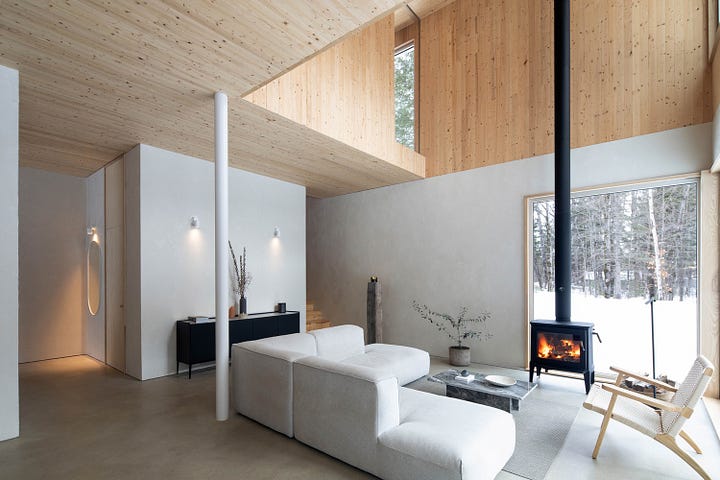
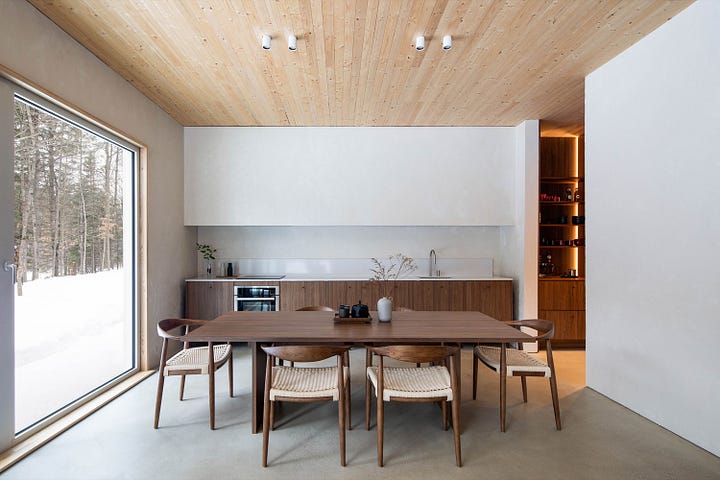
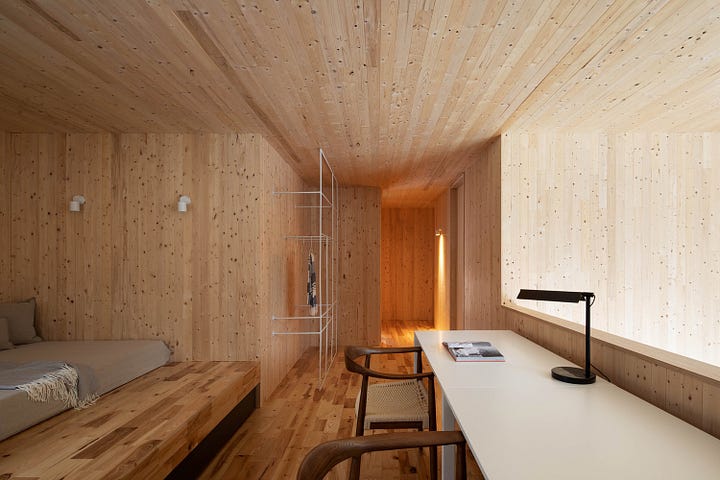
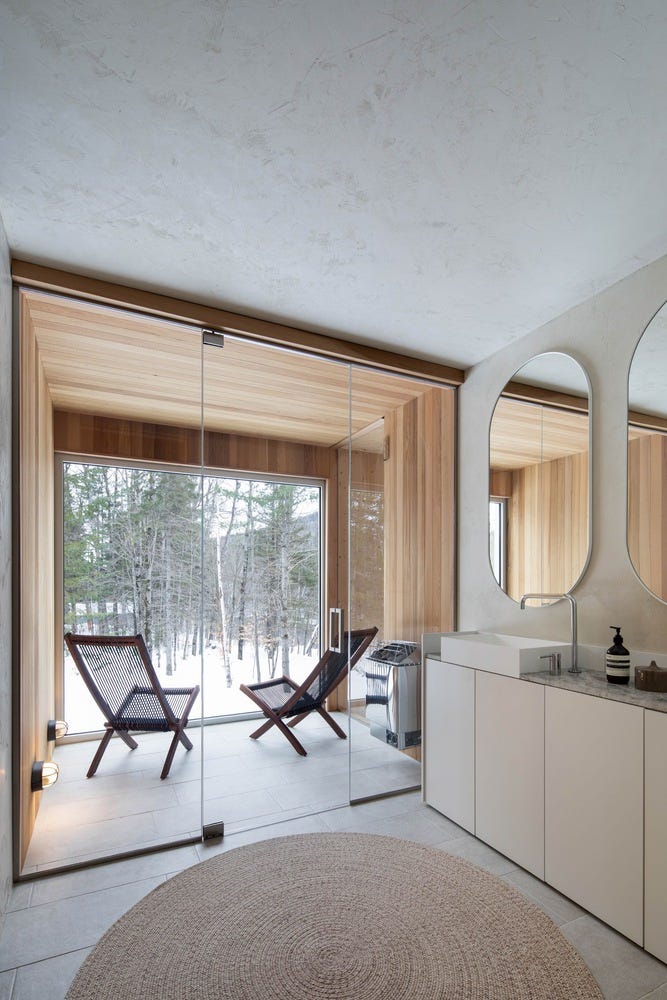
Rustic Charm Inn (ams, 2020) in Shanghai reimagines former pigsties and stone houses as boutique suites. Vaulted brick ceilings, tall stone walls, and timber doors evoke nostalgia through a modern hospitality lens.
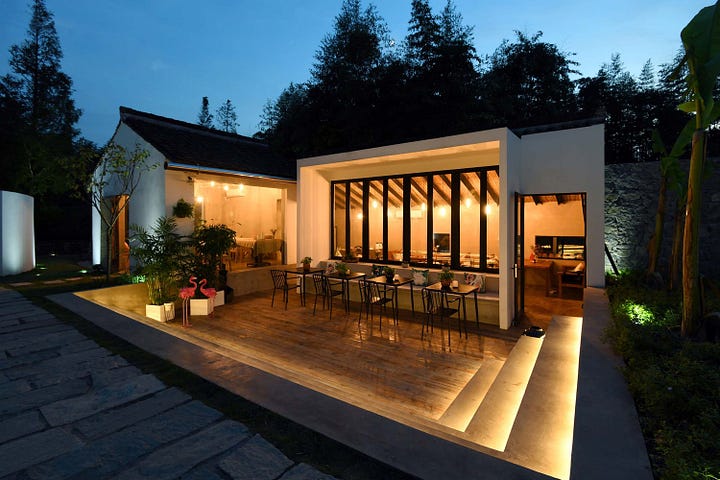
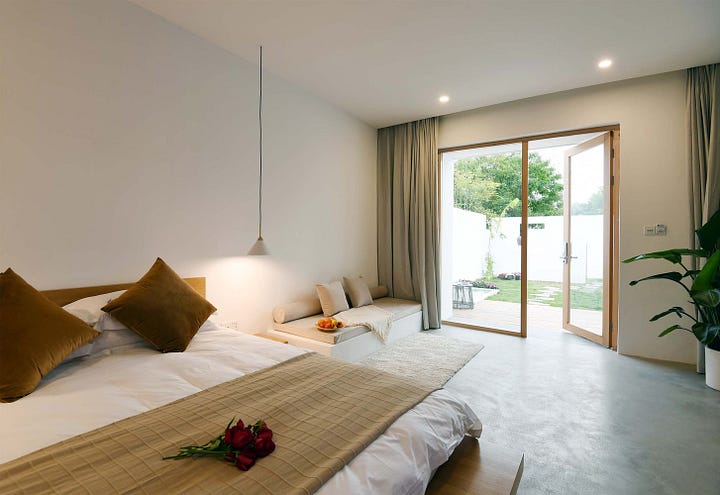


From the vibrant mixing of eclecticism to the raw authenticity of industrial design, the tranquil elegance of Japandi to the earthy charm of rustic spaces, we’ve explored how these styles weave together cultural narratives, embrace imperfections, and celebrate the beauty of tactile experiences. Each one offers a distinct way of living and designing that grounds us in our surroundings, while still pushing the boundaries of what’s possible in interior spaces.
If you’ve enjoyed this exploration into the world of design, there’s always more to discover.
Stay tuned for future deep dives into even more design trends, timeless styles, and innovative ideas.



